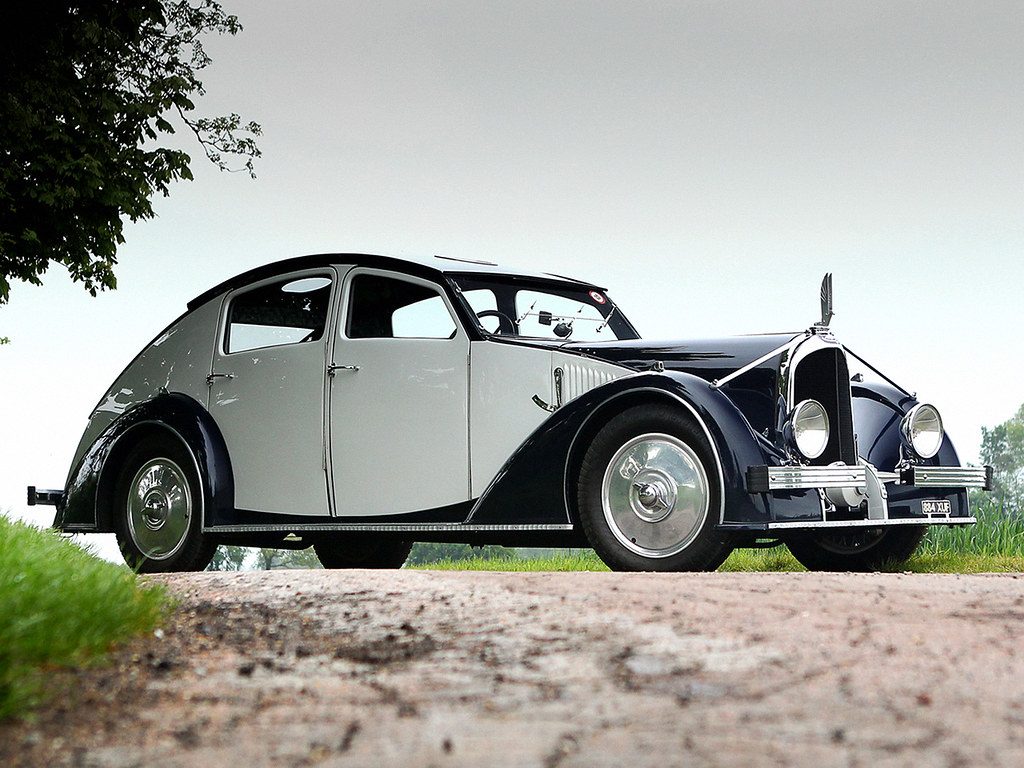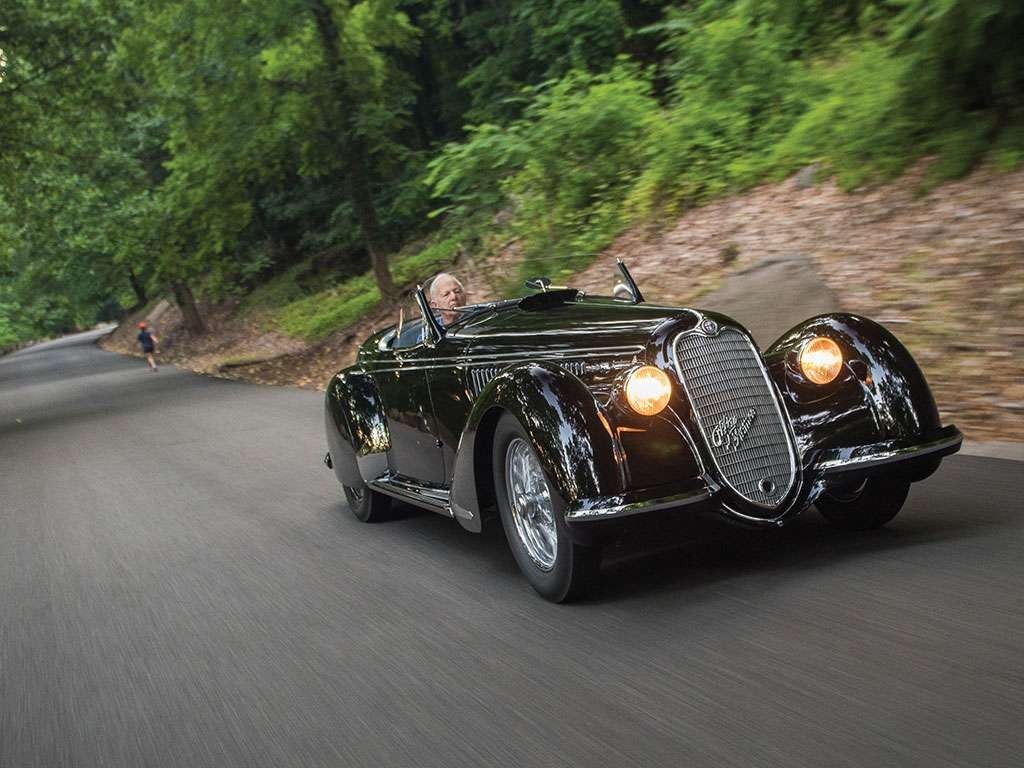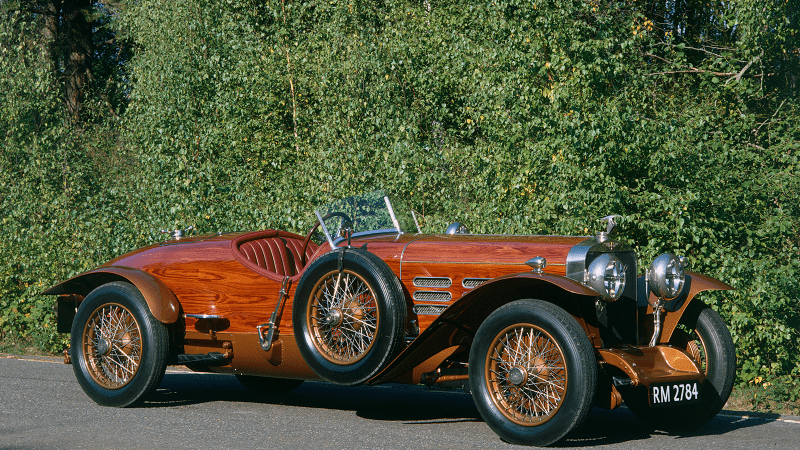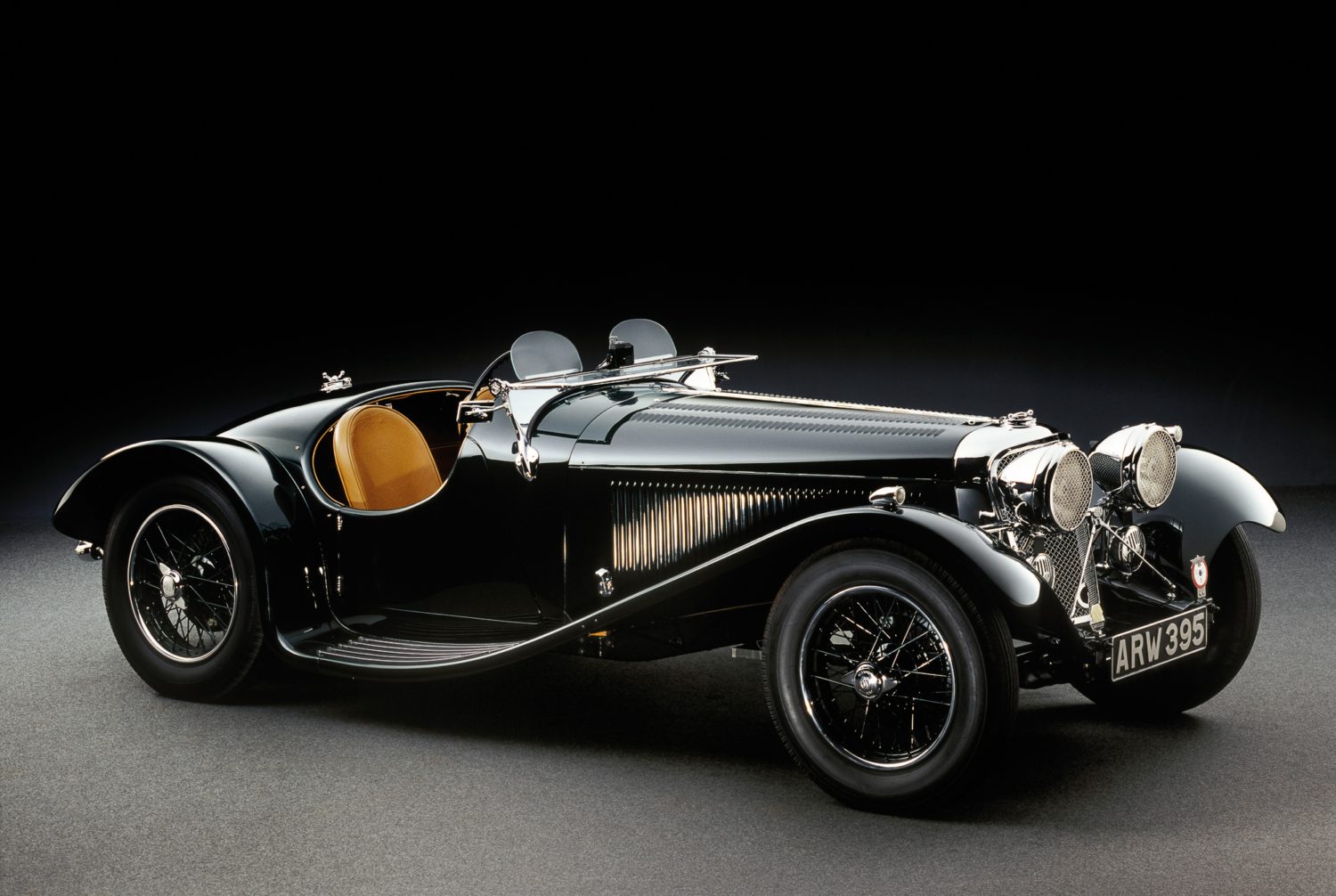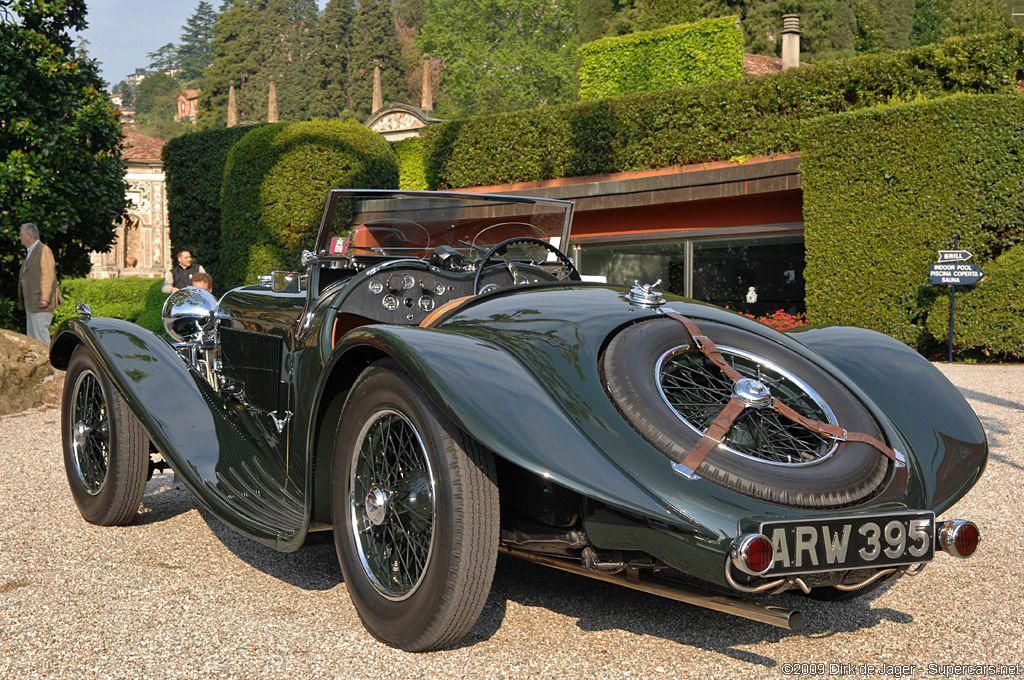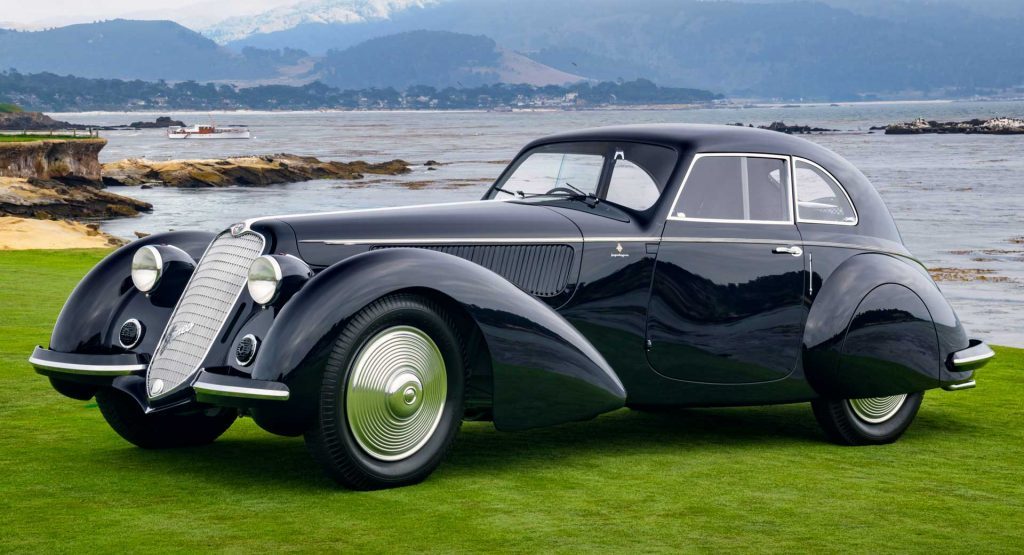GTV0819
(Banned)
- 6,084

- Papua New Guinea
I could see a Continental AV1790 tank engine fit in that thing.
I could see a Continental AV1790 tank engine fit in that thing.
Specifically a 2-stroke radial that's supercharged and that drives the front wheels.1935 Monaco Trossi - I only seen this picture and that was enough to fall in love with this idea of radial engine with sleek design














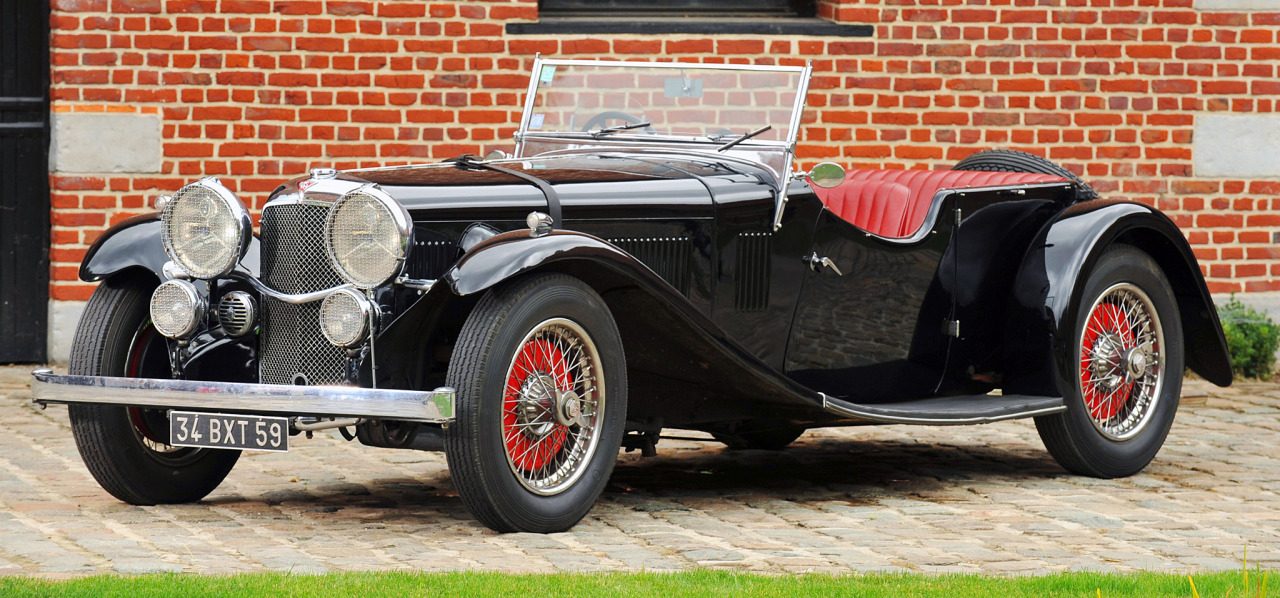
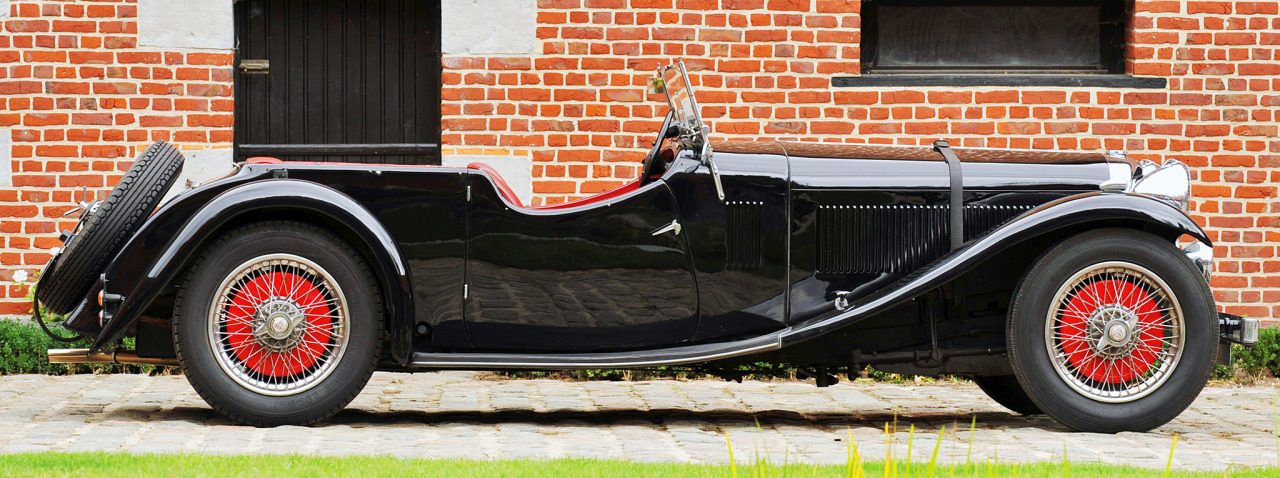
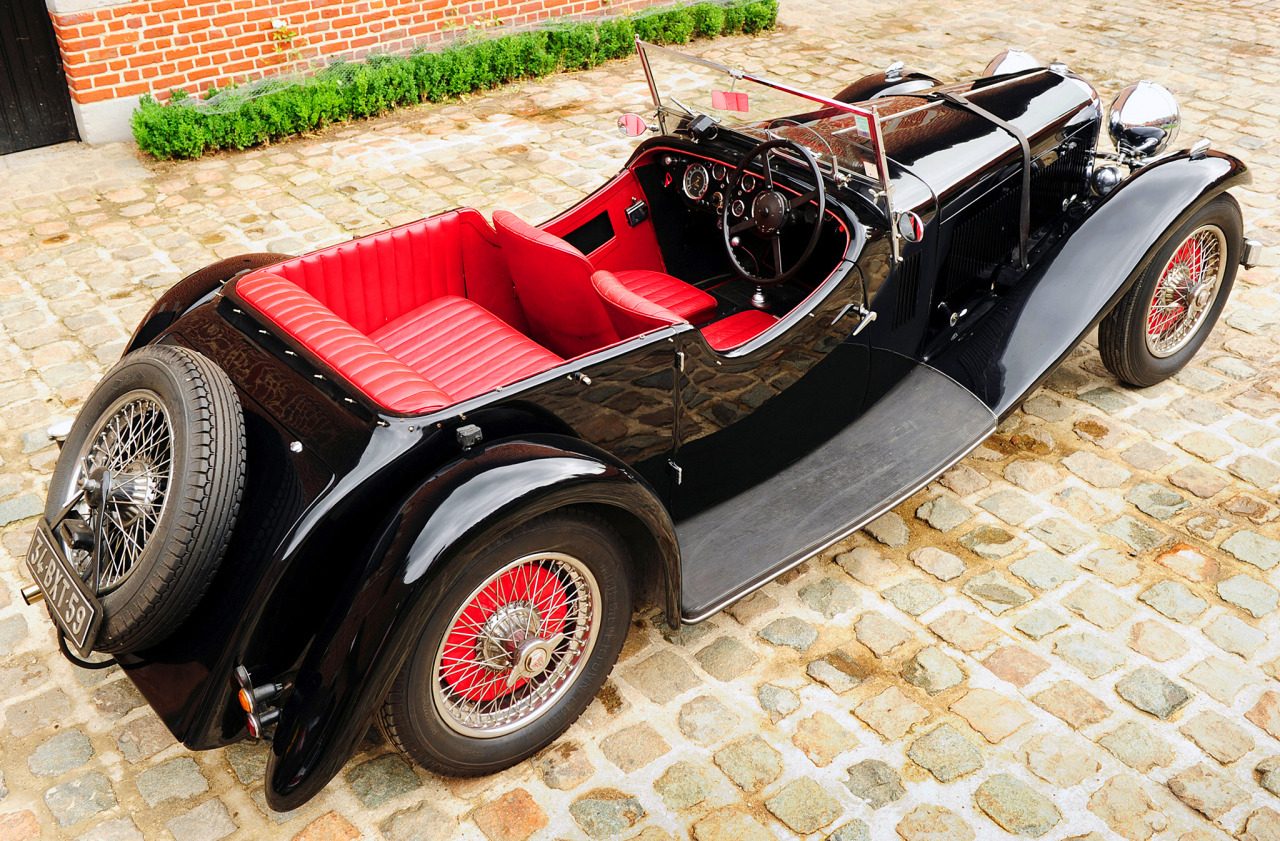











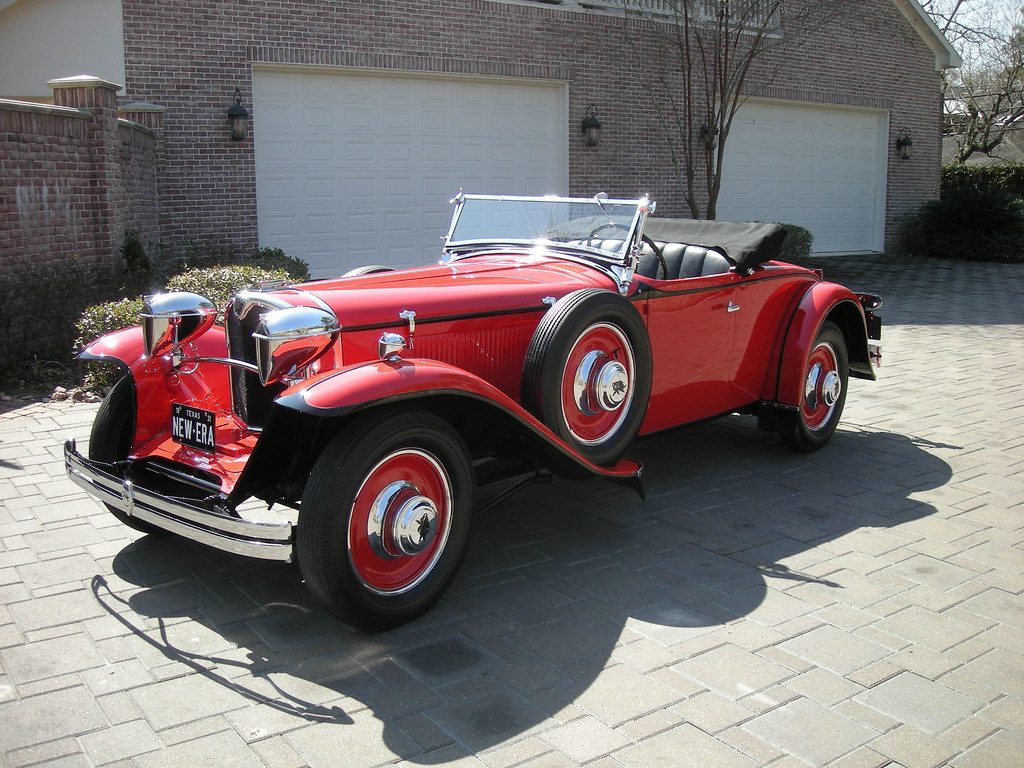







Those paint schemes are phenomenal! I've never seen anything like it.The Ruxton was a front-wheel-drive luxury car with a convoluted history out of proportion with it's four month life-span.
William Muller worked at the Budd Body Company of Philadelphia, Pennsylvania. His idea was to build a prototype that Budd could license to another company while Budd would make the body for them. Muller designed the drivetrain while Joseph Ledwinka designed the body. At a time when most American cars were 72 inches tall, the Ruxton was only 53 inches tall thanks to the lack of a driveshaft. The engine was a Continental-built 4.4 liter side-valve straight-8 making about 100 hp. The transmission was designed by Muller and was unique to the car, with second and third gears behind the worm-drive differential and first and reverse gears in front of it.
Archie Andrews (not the comic book character) was on the boards of both Budd and Hupp. He tried to convince Hupp to make it but they passed. Andrews formed New Era Motors to build it, using the idle Moon automobile production facilities. Andrews named the car after investor William V.C. Ruxton who did not actually invest in it, and in fact sued Andrews just to make a point that he did not support the car or Andrews. Andrews got tired of waiting, so he attempted to take controlling interest in Moon which they resisted. Eventually in June of 1930, it went into full production at Moon. 300-500 were built before it all ended less than four months later. Andrews tried to keep it alive by getting Kissel, who were building the transmission for them, to build the entire car. Again, Andrews attempted to take over the Kissel company so he could get them to build the car. Kissel retaliated by filing for receivership, and the dream was over.
Many Ruxtons came with a paint scheme created by Joseph Urban featuring long broad bands of color designed to emphasize the cars length and lowness. It is, to me, the height of Art Deco design. Even when it's just black and white, it's still colorful and eye-catching. I'm not sure how many still survive, but it's not enough.










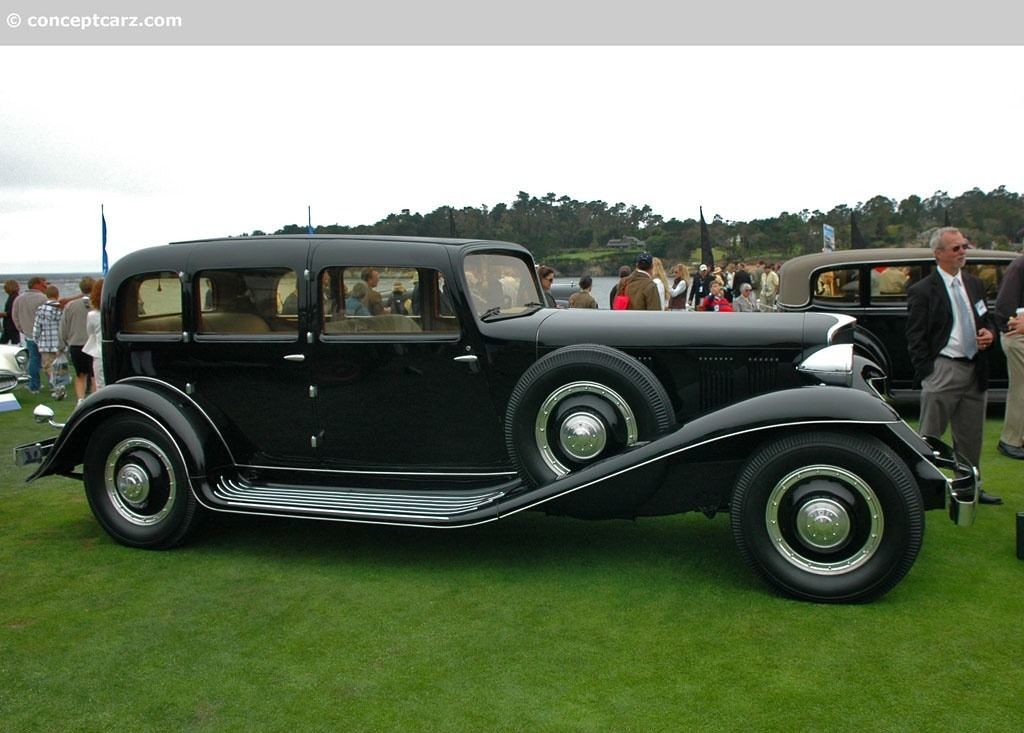

I wish I was a millionaire in 1932 so I could buy Peerless and keep it going. Only the one prototype was built.@Populuxe Cowboy Can I have all?









